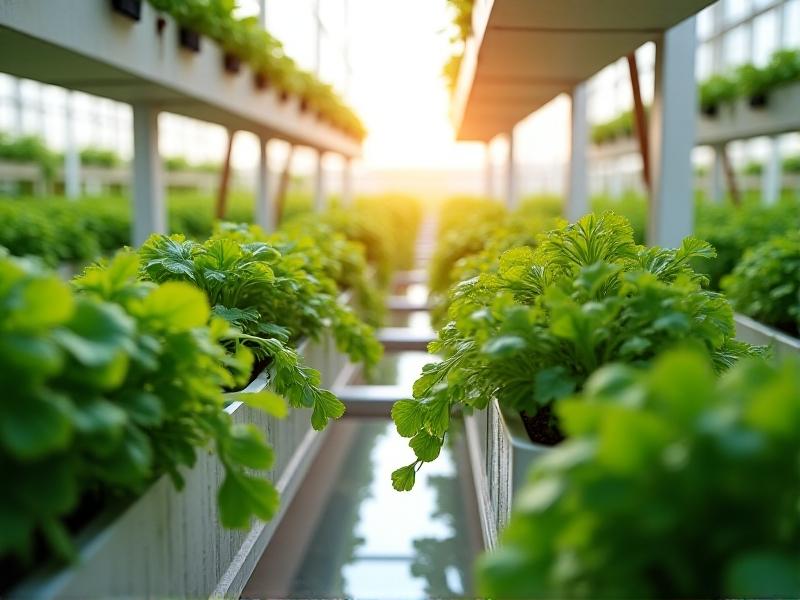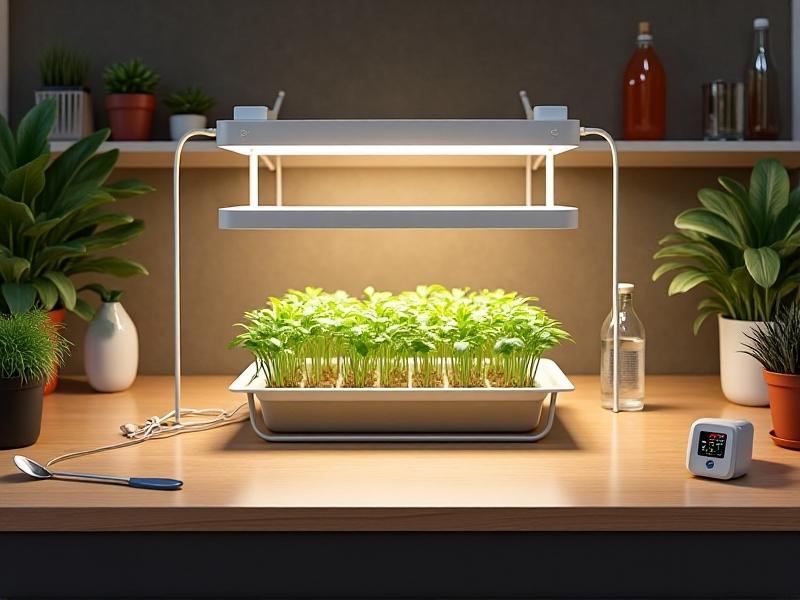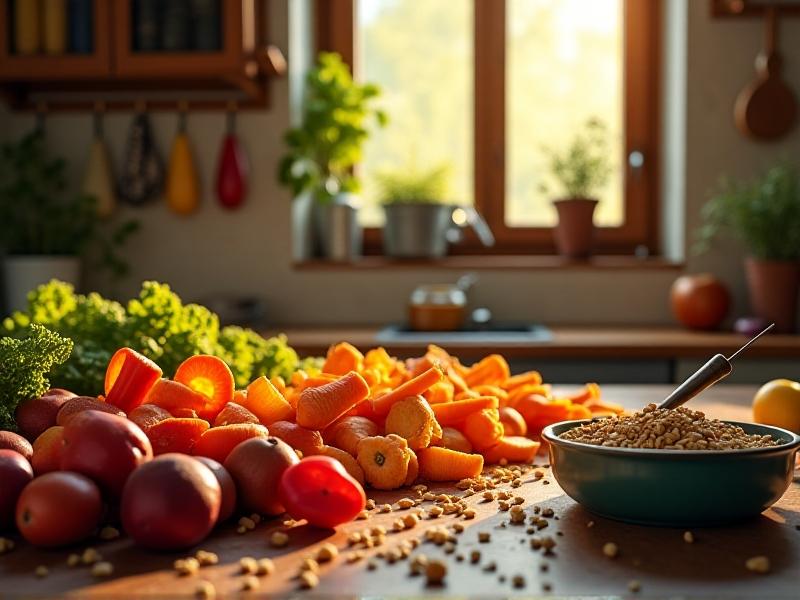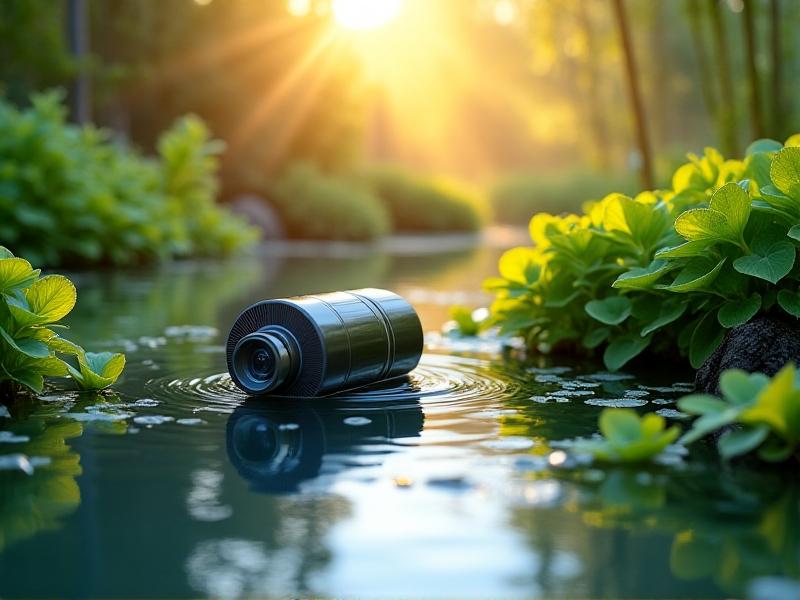Hydroponic Greens for Dogs: Growing Nutrient-Rich Additives at Home
Why Hydroponic Greens Are a Game-Changer for Your Dog's Diet
As pet owners, we’re always looking for ways to improve our furry friends’ health and well-being. One often-overlooked method is incorporating hydroponic greens into their diet. Hydroponic greens are grown without soil, using nutrient-rich water solutions, making them a clean and efficient way to grow fresh, nutrient-dense plants. For dogs, these greens can serve as an excellent source of vitamins, minerals, and fiber, which are essential for their overall health. Unlike store-bought greens, which may have been treated with pesticides or lost nutrients during transport, hydroponically grown greens are fresh, safe, and packed with goodness.

The Nutritional Benefits of Hydroponic Greens for Dogs
Hydroponic greens like kale, spinach, and wheatgrass are rich in essential nutrients that can benefit your dog’s health. For instance, kale is packed with vitamins A, C, and K, which support vision, immunity, and bone health. Spinach is a great source of iron and magnesium, aiding in energy production and muscle function. Wheatgrass, on the other hand, is known for its detoxifying properties and high chlorophyll content, which can help improve digestion and reduce inflammation. These greens are also low in calories, making them a perfect addition to your dog’s diet without the risk of weight gain. By growing these greens at home, you can ensure your dog gets the freshest, most nutrient-rich food possible.

How to Set Up a Hydroponic System at Home
Setting up a hydroponic system at home is easier than you might think. You’ll need a few basic components: a growing tray, a water reservoir, a nutrient solution, a pump, and grow lights. Start by choosing a location with adequate space and lighting, such as a sunny windowsill or a dedicated corner in your home. Assemble the system according to the manufacturer’s instructions, ensuring the water pump circulates the nutrient solution efficiently. Once your system is set up, you can plant seeds or seedlings in the growing medium. Within a few weeks, you’ll have a thriving garden of fresh greens ready to harvest for your dog.

Choosing the Best Greens for Your Dog’s Hydroponic Garden
Not all greens are created equal when it comes to your dog’s health. Some of the best options for hydroponic gardening include kale, spinach, parsley, and wheatgrass. These greens are not only nutrient-dense but also safe for dogs to consume in moderation. Avoid plants like onions, garlic, and chives, which can be toxic to dogs. When selecting seeds or seedlings, opt for organic varieties to ensure they’re free from harmful chemicals. By choosing the right greens, you can create a garden that’s both beneficial and safe for your canine companion.
Incorporating Hydroponic Greens into Your Dog’s Meals
Once you’ve harvested your hydroponic greens, it’s time to incorporate them into your dog’s diet. Start by introducing small amounts to avoid digestive upset. You can chop the greens finely and mix them into your dog’s regular food or blend them into a smoothie for a refreshing treat. Another option is to dehydrate the greens and grind them into a powder, which can be sprinkled over meals for an added nutritional boost. Remember to monitor your dog’s reaction to the new addition and consult your veterinarian if you have any concerns.
Common Myths About Feeding Greens to Dogs
There are several misconceptions about feeding greens to dogs that may deter pet owners from trying this healthy addition. One common myth is that dogs don’t need vegetables because they’re carnivores. While dogs are primarily meat-eaters, they can still benefit from the nutrients found in greens. Another myth is that all greens are safe for dogs. While many are beneficial, some can be harmful, so it’s important to choose the right ones. Lastly, some believe that feeding greens will lead to digestive issues. While it’s true that sudden dietary changes can cause upset, introducing greens gradually can help your dog adjust without problems.
Tips for Maintaining Your Hydroponic Garden
Maintaining a hydroponic garden requires regular care to ensure your greens stay healthy and vibrant. Check the water levels and nutrient solution daily, topping up as needed. Monitor the pH levels to ensure they remain within the optimal range for plant growth. Clean the system regularly to prevent algae buildup and ensure proper water circulation. Prune your plants as they grow to encourage healthy development and prevent overcrowding. With a little effort, you can keep your hydroponic garden thriving and provide your dog with a steady supply of fresh, nutrient-rich greens.
The Environmental Benefits of Hydroponic Gardening
Hydroponic gardening isn’t just beneficial for your dog—it’s also good for the environment. Unlike traditional gardening, hydroponics uses up to 90% less water, making it a sustainable option for growing plants. It also eliminates the need for soil, reducing the risk of soil-borne diseases and pests. Additionally, hydroponic systems can be set up indoors, allowing you to grow fresh greens year-round without relying on seasonal produce. By choosing hydroponics, you’re not only improving your dog’s diet but also contributing to a more sustainable and eco-friendly lifestyle.
Real-Life Stories: Dogs Thriving on Hydroponic Greens
Many pet owners have already discovered the benefits of hydroponic greens for their dogs. Take, for example, Max, a 5-year-old Labrador who struggled with digestive issues. After his owner started adding hydroponically grown spinach to his meals, Max’s digestion improved significantly. Then there’s Bella, a senior Dachshund who experienced a boost in energy and coat health after incorporating wheatgrass into her diet. These stories highlight the transformative power of fresh, nutrient-rich greens and inspire other pet owners to give hydroponic gardening a try.
Getting Started: Your First Steps Toward Hydroponic Gardening
If you’re ready to start your hydroponic gardening journey, begin by researching the best system for your needs and budget. Consider factors like space, lighting, and the types of greens you want to grow. Invest in quality seeds or seedlings and follow a step-by-step guide to set up your system. Don’t be afraid to experiment and learn as you go—hydroponic gardening is a rewarding and educational experience. With a little patience and effort, you’ll soon be harvesting fresh, nutrient-rich greens that your dog will love.







